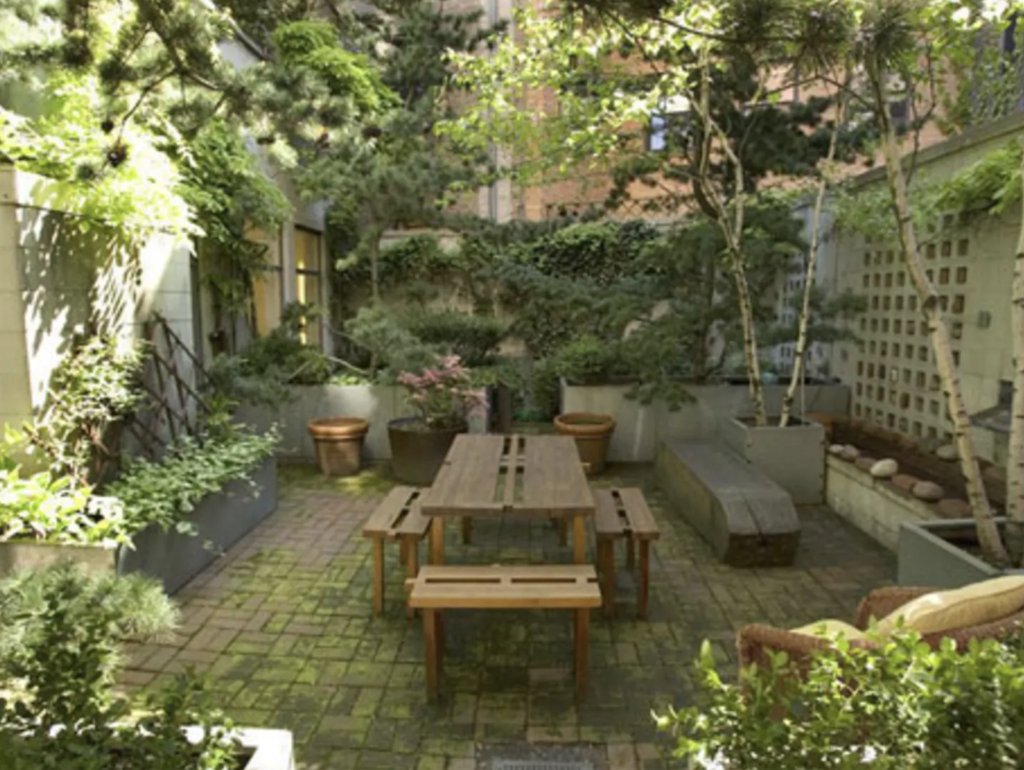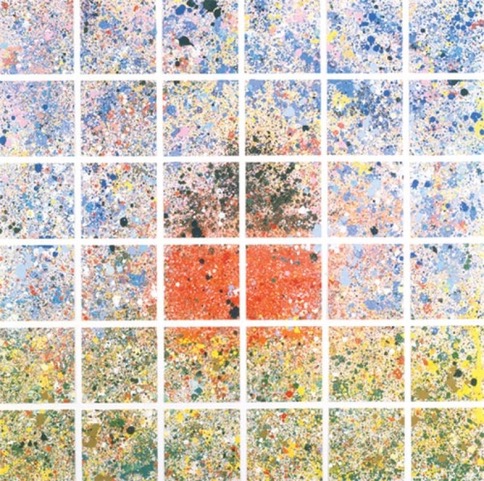Joan Didion, 1934-2021. Photo courtesy of AP
End-of-year articles and newscasts often focus on those whom we have lost in the past year, and 2021 was no different. For some friends the loss of Sondheim was the most notable, but for me it was the loss of Joan Didion. Articles lauding her skills as a writer and observer call to mind her commentary on everyone from Ronald Reagan to Martha Stewart (it’s arguable whether two such subjects demonstrate range or only replication, but I will not digress), but what always intrigued me about Didion was her questioning nature. And how that informed me as the self-taught gardener. I have no idea if she had any horticultural interests beyond the frangipani leis that were placed over her head when she took one of her many trips to Hawaii, but her approach to life and to her art informs me on how I want to garden.

Didion’s writing begins with a question, and meanders forward as she seeks answers in the details and evidence around her. For her, observation was not a lead-in to writing but the work itself. Research did not end with the written word; the written word was the beginning that would spur more thought and observation. For me, this is the essence of gardening. Dig in, invest, observe. Repeat. Predetermined approaches and processes and canned thinking should be called into question. To paraphrase Didion on writing, I garden “entirely to find out what I’m thinking, what I’m looking at, what I see and what it means.” Notions of beauty and art evolve and are meant to do so. And the never-ending present in which we garden is at once of the moment and a part of a future where the current assumptions may not hold, where things may fall apart.
Didion poses a seemingly simple question in her memoir of coming of age in California: “Don’t you think people are formed by the landscape they grew up in?” Does she want us to believe it is as simple as that, or is she merely leading us to the question of how we allow setting, past and present, to define us? The landscape, not only from which we come but that which we create, certainly informs us and illumines a part of both who we are and who we have been.
That is true whether it is the mountains of California that her forbears crossed along with the Donner party or the interior settings with which we more often associate her or the characters she has profiled or created. Her forbears left the Donner party and, in an unknowing act of self-preservation, headed up through Oregon and missed out on the most tragic part of that trip. This survival trait is seen in Didion herself, who often skipped out on production meetings with the claim of a migraine or some other form of malaise, leaving her husband/co-screenwriter to deal with the present day cannibalizers known as studio executives. But it is not the past that is defining but rather it is action in the present.
The settings in which I picture Didion are not mountainscapes or gardens in California, but in her apartment, filled with items such as a framed teletype about Nixon’s resignation, that reveal some small aspect of what drives her. The things we collect, whether faded teletypes or young trees on their way to maturity, tell us about who we are. But they are not the complete story. I think we keep plants and things around us so, as Didion argues, we don’t lose touch with our past selves.
I think we are well-advised to keep on nodding terms with the people we used to be, whether we find them attractive company or not. … We forget all too soon the things we thought we could never forget. We forget the loves and the betrayals alike, forget what we whispered and what we screamed, forget who we were.”
Perhaps this is why I hold onto plants to which I no longer feel connected. They inform me of who I am and occasionally of the lessons they taught me and of mistakes I hope not to repeat in the garden.

I remember seeing Didion at a party in her honor at the Greenwich Village home of artist Jennifer Bartlett. The setting, replete with an indoor pool and a series of gardens which felt more like the enclosed gardens of Southern California than those of the typical Greenwich Village terrace, told me more about who our host and the guest of honor were, and had been. It reminded me of Didion’s statement that “a place belongs forever to whoever claims it hardest, remembers it most obsessively, wrenches it from itself, shapes it, renders it, loves it so radically that he remakes it in his own image.” This setting, like the art of these two California-born creators, was the crossover point between history and creation. It was a landscape based not on past realities but shaped by them, just as a good garden calls to mind the terrain from which it is derived while also having an identity all of its own.
The best gardens are artful and share this sense of biography and history, while inhabiting the present. They contain the plants and landforms that we have known in our lives. Like the work of Didion and Bartlett, they not only reflect the past but become more real than the past itself. Our memories are fleeting and often based as much on the shared stories of family and friends as on our own knowledge of such events. But as in the work of Didion, the verity of such memories is not as important as what we do with the emotions and ideas to which they connect us. A scarlet oak in our present-day garden may call to mind one outside a childhood bedroom window, but it is not so much that, as it is a connection to an eternal present and ever out-of-reach future. We garden not only to see who we were and from where we come, but more importantly, to see who we will be and what we can create from what was.

As I think back on Didion, walking through Bartlett’s Charles Street house on that warm, (September, perhaps?) day, I am not sure what I recall and what I have created for myself from this memory. And I hope that, someday, my garden will serve as a setting that informs someone else in the way such memories (and the works of art of another) have entered my own consciousness and sense of self.
____________________________________
A gardener grows through observation, experimentation, and learning from the failures, triumphs, and hard work of oneself and others. In this sense, all gardeners are self-taught, while at the same time intrinsically connected to a tradition and a community that finds satisfaction through working the soil and sharing their experiences with one another. The self-taught gardener column explores those relationships and how we learn about the world around us from plants and our fellow gardeners.
https://theberkshireedge.com/real-estate/the-self-taught-gardener-the-art-of-magical-thinking/

